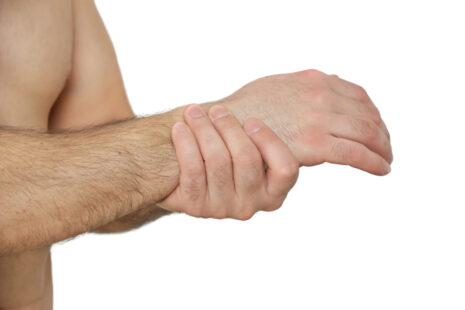Fascia release techniques can vary in sensation from person to person and depending on the specific method used. While some individuals may experience discomfort or tenderness during fascia release, others may find it more tolerable or even relieving.
Here are some factors that can influence whether fascia release hurts…
- Technique – There are various techniques for fascia release, including foam rolling, myofascial release therapy, and manual manipulation by a trained therapist. The intensity and pressure applied during these techniques can vary, affecting the level of discomfort experienced.
- Tolerance – Individual pain tolerance varies among people. What feels uncomfortable for one person may not be as bothersome for another. It’s necessary to communicate with your therapist or adjust the pressure during self-administered techniques based on your comfort level.
- Level of Tightness – The tightness and adhesions present in the fascia can influence the sensation experienced during release techniques. Areas of increased tension or restriction may be more sensitive or tender when pressure is applied.
- Duration – The duration of pressure applied to the fascia can also impact comfort levels. Shorter durations of pressure may be more tolerable than prolonged or sustained pressure in the same area.
- Pre-existing Conditions – Individuals with pre-existing musculoskeletal conditions, injuries, or heightened sensitivity may experience increased discomfort during fascia release techniques.
Overall, while fascia release techniques may cause some discomfort or tenderness, they are generally considered beneficial for improving flexibility, and mobility, and reducing muscular tension. It’s necessary to communicate with your healthcare provider or therapist about your comfort level during fascia release sessions and adjust the intensity or technique as needed to ensure a positive experience. Also, incorporating gentle stretching, proper hydration, and adequate rest can help alleviate any temporary discomfort associated with fascia release.




